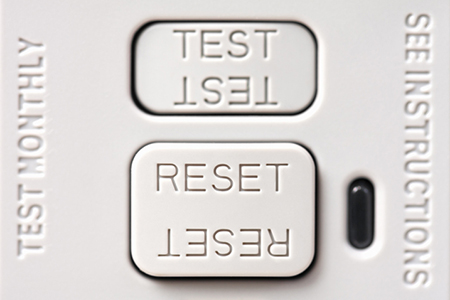From student loans to low-paying jobs, saving for future goals, like owning a home, can seem like a pipe dream for today’s younger generation. Financial expert and author Eric Tyson says there are powerful steps younger people can take right now to make the most of their money and save for a brighter future. He says it’s all about adopting a “savings mindset.”
According to Tyson, author of Personal Finance in Your 20s & 30s For Dummies®, a savings mindset involves getting the most from your spending while also spending less money in general. It also means living within your means, sticking to a budget and saving as much as you can. Two essential things to remember? Every little bit you save matters, and it’s never too late to start.
Here are few of Tyson’s tips and tricks for saving money that will help build your nest egg for buying a home before you know it.
Consider living with roommates or family. While you’re young and still free of dependents, take advantage of the opportunity to share a rental or live with relatives as opposed to living solo. If living with family, be sure to set expectations, raise concerns and establish costs and rental agreements up front.
Choose a low-cost rental. If you’re living beyond your means, now is the time to dial it back and find a place that fits within your budget. The less you're spending each month, the more you can save toward buying your own place.
Negotiate your rental increases. Some landlords increase their tenants' rent no matter how good the tenant and regardless of the state of the economy. If your local economy is weak and the rental market is soft or your living quarters are deteriorating, negotiate with your landlord. You have more leverage and power than you probably realize. Landlords don't want to lose good tenants who pay rent on time, and filling vacancies takes time and money. Craft a polite note or pay a personal visit to make your case.
Cut your utility bills. Even as a renter, try to keep utility costs low as landlords factor your energy consumption into future rental hike decisions. Adjust your thermostat and wear layers in the winter, and keep your place warmer during summer months. And if you pay for garbage service, recycle as much as possible.
Contribute to a retirement plan. Tucking away money in employer-based retirement plans, such as 401(k) or 403(b) accounts, or self-employed retirement plans is a great way to exclude money from your taxable income.
Use a health savings account. You can reduce your taxable income and sock away money for future healthcare expenses by taking advantage of a health savings account (HSA). HSAs can offer better tax savings versus retirement accounts because, in addition to providing upfront tax breaks on contributions and tax-free accumulation of investment earnings, you can also withdraw money from HSAs tax-free so long as the money is used for healthcare costs. No other retirement accounts offer this triple tax-free benefit.
Learn to cook. Cooking at home as opposed to eating out can save you hundreds of dollars each month, not to mention, keep you healthier as well. Be sure to cook enough so that you can brown bag your lunch with leftovers, too.
Eric Tyson, MBA, is the author of five national best-selling financial books, including Investing For Dummies, Personal Finance For Dummies and Home Buying Kit For Dummies. He has appeared on NBC's Today show, ABC, CNBC, FOX News, PBS and CNN, and has been interviewed on hundreds of radio shows and print publications. “Personal Finance in Your 20s & 30s For Dummies” ® (Wiley, 2017, ISBN: 978-1-119-43141-1, $19.99) is available at bookstores nationwide, from major online booksellers, and direct from the publisher by calling 800-225-5945.







